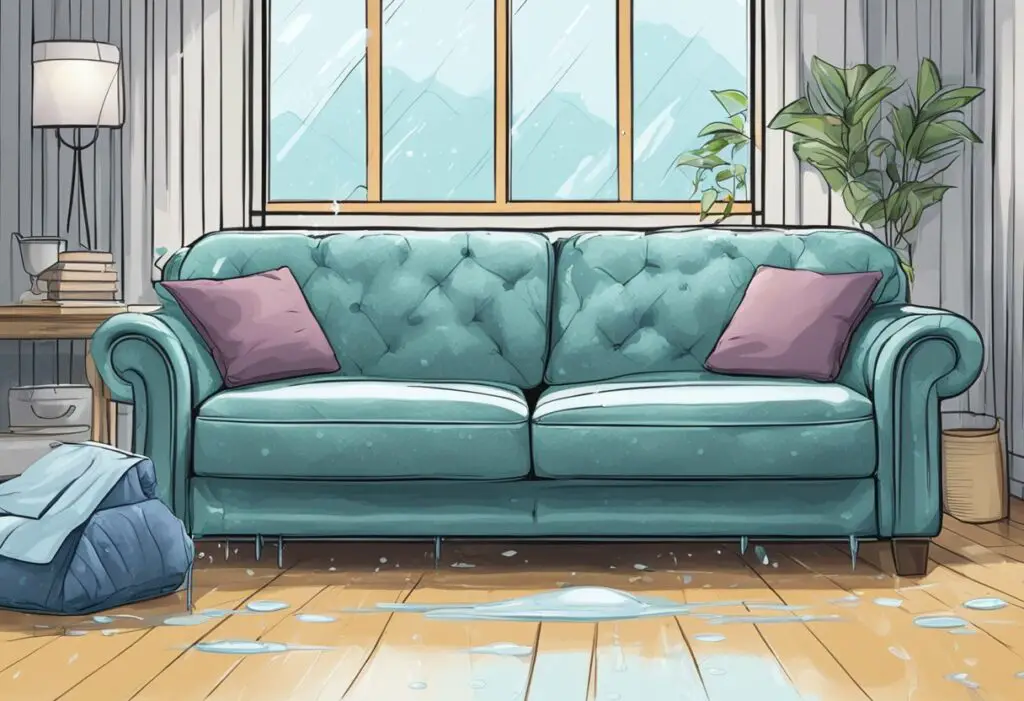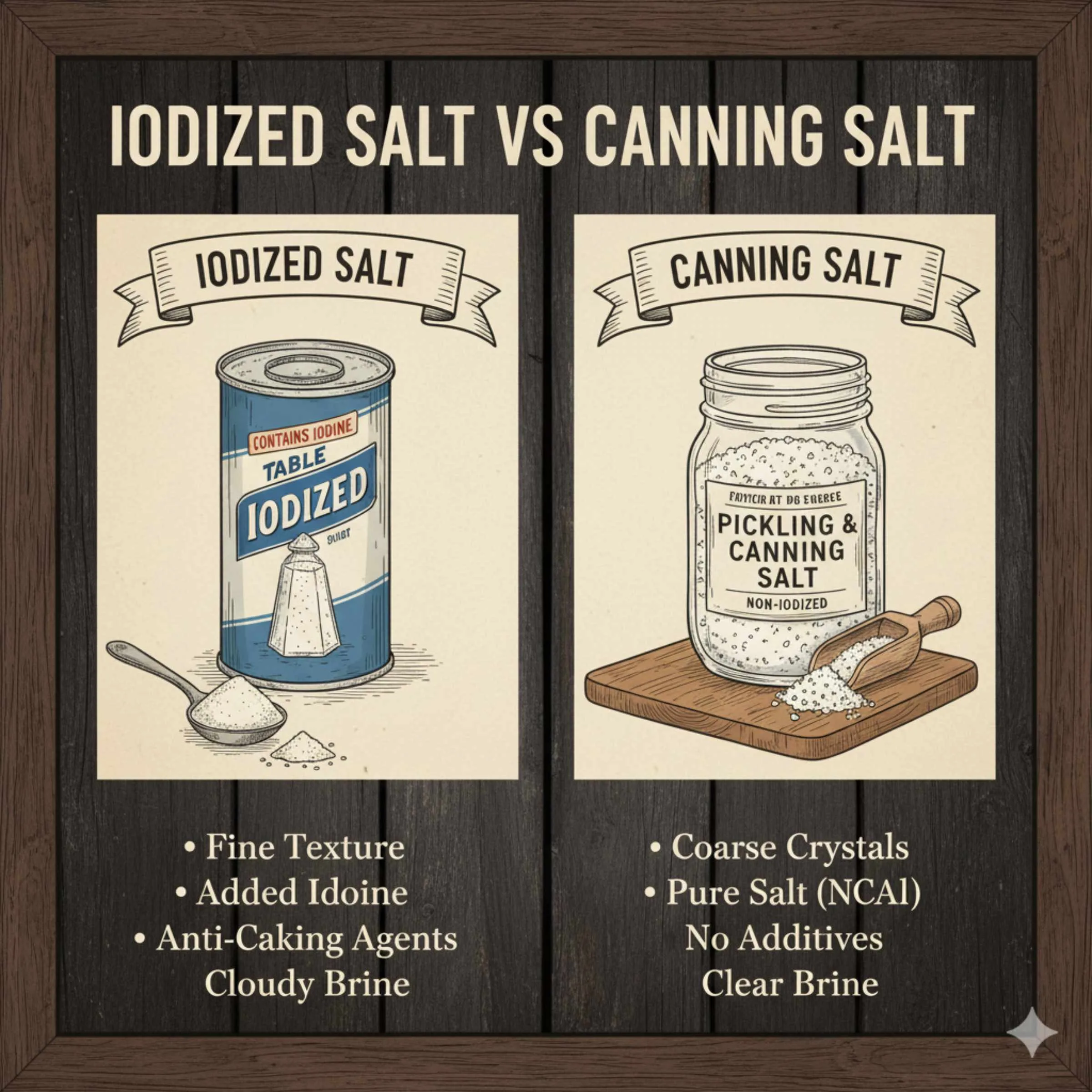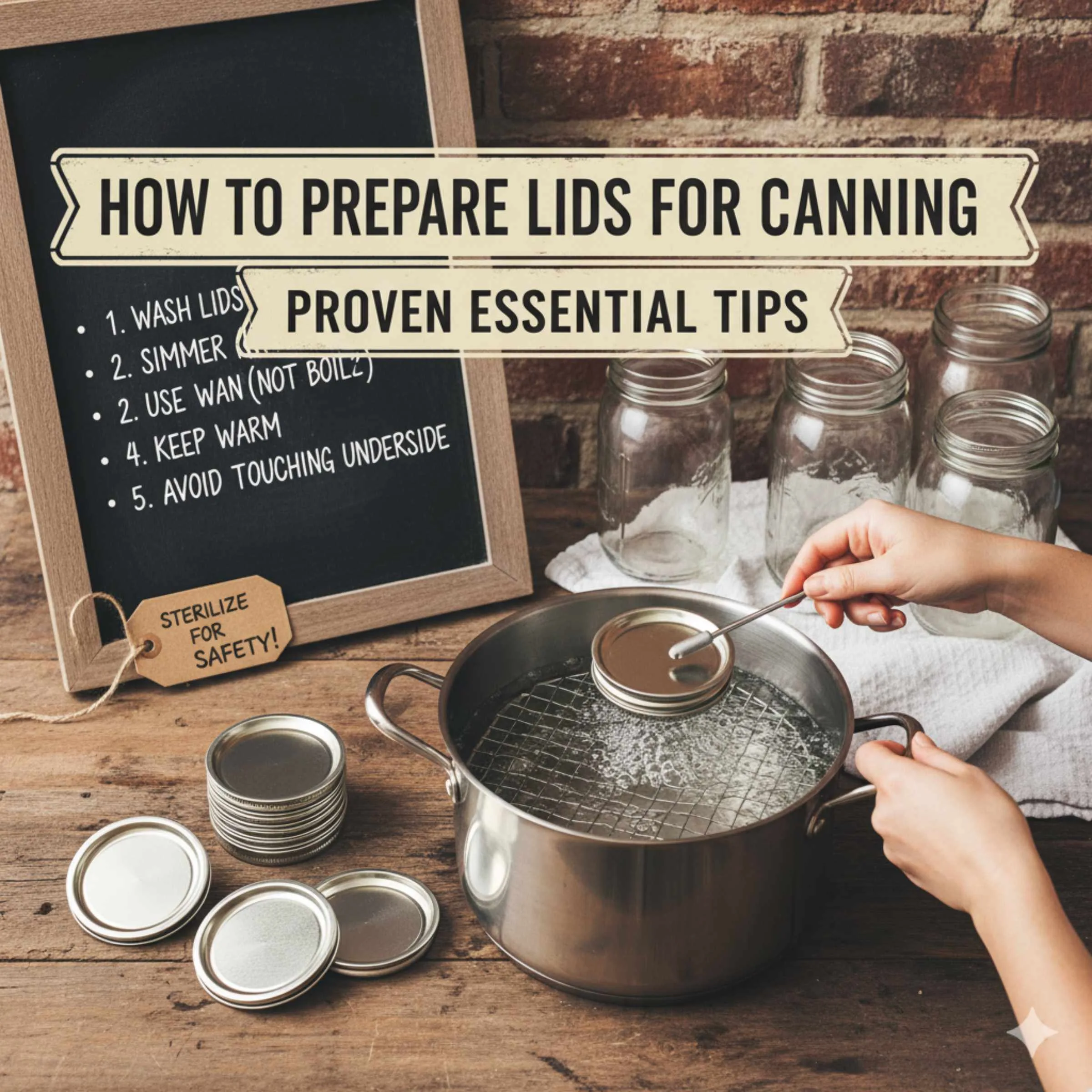
Dealing with a wet couch? You’ll want to act quickly to prevent permanent damage, whether it’s from a spill, flooding, or any other reason. Here are some simple ways to dry your couch fast:
- Get rid of excess water: Use absorbent towels or sponges to soak up as much water as you can.
- Speed up drying: Use fans or a dehumidifier to make the drying process faster.
- Improve air circulation: Open windows and doors to let more air flow, which helps in drying. We’ll look into these methods more in a moment.
Preliminary Steps to Dry a Wet Couch
Don’t worry; you can dry it effectively. Here are some initial steps to get started:
Remove Excess Water
Begin by getting rid of any remaining water or liquid. Use towels or a wet/dry vacuum to soak up as much water as possible. Remember to blot, not rub, to avoid damaging the fabric.
Check for Damage
After removing excess water:
- Check your couch for any damage.
- Look for discoloration, watermarks, or issues with the frame or cushions.
- Note any damage for future attention.
- Identify Your Couch Type
The type of couch you have will guide your drying method. Leather couches need different care than fabric ones. Vinyl and synthetic material couches often dry quickly and are simple to clean. Be cautious with couches containing composite materials, as they can be more prone to damage.
Remove Cushions
If your couch has removable cushions or pillows, take them off. This lets air circulate the couch, aiding faster drying. If the cushions are wet, you can place them in the sun outside to dry.
Use Fans and Dehumidifiers
Fans and dehumidifiers are handy tools for drying your couch. Set up fans around the couch to boost airflow and speed up drying. Employ a dehumidifier to remove moisture from the air, preventing mold and mildew.
Methods for Drying a Wet Couch Fast
To dry a wet couch quickly and prevent mold and mildew, take these steps:
Use Towels and Rags
Begin by removing excess moisture. Take towels or rags and gently blot the wet areas. Press down to soak up as much moisture as you can. Change the towels or rags as needed until they no longer absorb moisture.
Employ Fans or Air Conditioners
After removing the excess moisture, use fans or air conditioners to dry the couch. Turn them on and direct the airflow toward the wet spots. This helps air circulation and speeds up the drying process.
Apply Gentle Heat
You can use heat to dry the wet areas. Use a heater or a warm (not hot) hair dryer. Maintain a safe distance to prevent damage to the couch. Move the heater or dryer around to ensure even drying.
Explore Commercial Drying Products
Consider using commercial products designed for rapid drying. These may include dehumidifiers to extract moisture from the air and upholstery cleaners for water stain and odor removal. Always follow the product instructions carefully.
Causes of a Wet Couch

If your couch is wet, it’s crucial to figure out why and take the proper steps to dry it. There are a few reasons your couch might get wet, like spills, floods, or pet accidents.
Spills are a common culprit. Liquids can seep into your couch’s fabric, making it damp, whether it’s a drink or a knocked-over vase. If you act fast, you can prevent it from soaking deeply by blotting the liquid with a clean, dry cloth.
Floods can also leave your couch wet. Heavy rain or a burst pipe can soak your couch. Remove the couch from the flooded area and dry it quickly to avoid mold and mildew.
Pet accidents are another reason. If your pet has an accident on your couch, it leaves a damp spot that’s tough to remove. Pet urine can also cause a strong odor. To clean it, blot up as much as possible and use a pet-specific enzyme cleaner to eliminate the odor.
No matter why your couch is wet, don’t wait. Leaving it wet can lead to mold and mildew, which isn’t good for your health. Identify the cause and dry it promptly to keep your couch clean and comfy.








Leave a Reply